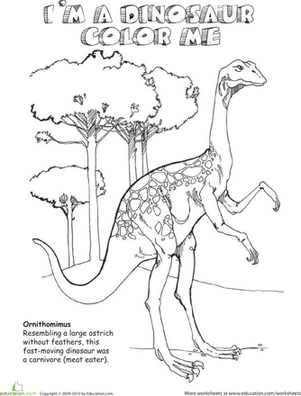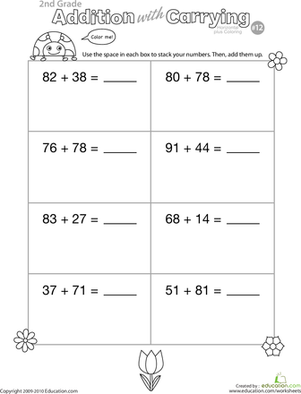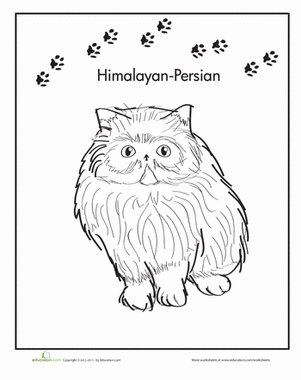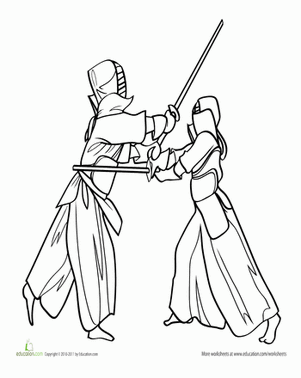Science project
Does Hair Color Affect Static Electricity?
Every winter, you get zapped; it never fails! Static electricity—an electric charge caused by things touching together—is one of those strange forces that you can't see, but you can feel (like gravity). If you've ever rubbed a balloon across your hair and then watched it stand on its end, you have seen the effects of static electricity.
Everyone's hair is different; long, short, thick, thin, straight, curly and a rainbow of hues. But does hair color affect static electricity?
Problem:
Do different hair colors have different effects on static electricity?
Materials:
- 12 lightly colored balloons, all the same size
- Air pump (optional)
- Timer
- 1 red-haired friend
- 1 brunette (brown-haired) friend
- 1 black-haired friend
- 1 blonde friend
- Clear wall space
- Notebook
- Pencil
- Permanent marker
Procedure:
- Before you begin your project, consider what you already know about static electricity: At what times do you notice feeling a shock (or spark) of static electricity? Think about your hair. What color is it? How are your tresses the same, and different, than someone who has a different color of hair? What happens when you rub a balloon on your head? Write down any notes in your notebook.
- Using your notes, make a guess about what will happen to the balloons as you rub them on brown hair, blonde hair, black hair and red hair. Make one guess for each color of hair. Does hair color affect static electricity? Write down this guesses—called hypotheses—in your notebook.
- With an adult's help, fill up each of your lightly colored balloons. Blow up the balloons so they're all roughly the same size. You can use your breath or an air pump to blow them up. Close each balloon with a secure knot.
- Using the permanent marker, carefully write "Red" on three balloons, "Brown" on three more, "Blonde" on the next three, and "Black" on the last three. You're going to test each hair color three times—just like you should with any science project.
- Using the balloon marked "Red" on your red-headed friend, rub the balloon on his or her hair.
- Once you've made the hair stand, stick the balloon to the wall and use the timer to time how long it stays on the wall. When the balloon begins to fall, stop the timer.
- In your notebook, create a table like the one outlined below. You should have 13 rows and 4 columns. The far left column should have the hair colors listed (Red, Brown, Blonde, Black). Then, each column should list the time trials (Time 1, Time 2, Time 3).
- In the column labeled "Red Hair," note how long it took for the first balloon to fall from the wall on your chart under Time 1 for the first time you did it.
- Repeat steps 5 and 6 two more times with the red-haired volunteer and the balloons marked "Red". Then, list the second time under Time 2 and the third under Time 3.
- Write down how long each balloon stayed stuck to the wall after each trial.
- Repeat steps 5 through 10 with the brown, blonde, and black-haired volunteers. Don't forget to write your times as soon as you finish each step.
Hair Color
Results:
When you're done, take a look at your chart. The times that the balloons stayed on the wall should all be about the same since hair color does not have an affect on the amount of static electricity made by rubbing a balloon on it.
Was your hypothesis right?
Why?
Everything is made of tiny particles called atoms. These little particles are made of even smaller parts called protons, neutrons, and electrons. Usually atoms don't pop and cause static electricity because normally they have the same number of protons and electrons and they don't store any electricity because of that balance.
But when you slide down the slide at Chuck E. Cheese, you move those electrons around, creating static electricity. Once those electrons move away from where they should be, they need to get back into balance as soon as they can and that's what causes the pop of static electricity.
So it was the shift of the electrons of the atoms that made up the hair that caused the force of static electricity, not the color of the hair — which is why your times for each try were all about the same.
Digging Deeper
With science, the learning never stops; you can always change an experiment a little bit and get a completely different result! What would happen if you tried this experiment on a rainy day? Does temperature have an effect on static electricity? What if it were hot outside instead of cold? Could you change the types of balloons and make a difference in your results? Using what you have learned, make your hypothesis and then test it to see if you're right.
Education.com provides the Science Fair Project Ideas for informational purposes only. Education.com does not make any guarantee or representation regarding the Science Fair Project Ideas and is not responsible or liable for any loss or damage, directly or indirectly, caused by your use of such information. By accessing the Science Fair Project Ideas, you waive and renounce any claims against Education.com that arise thereof. In addition, your access to Education.com's website and Science Fair Project Ideas is covered by Education.com's Privacy Policy and site Terms of Use, which include limitations on Education.com's liability.
Warning is hereby given that not all Project Ideas are appropriate for all individuals or in all circumstances. Implementation of any Science Project Idea should be undertaken only in appropriate settings and with appropriate parental or other supervision. Reading and following the safety precautions of all materials used in a project is the sole responsibility of each individual. For further information, consult your state's handbook of Science Safety.













